With so many of high-end standalone VR headsets available today, it is difficult to choose the best.
Meanwhile, you need to understand this point: a standalone headset is different from the usual VR headsets which you have to connect to a PC, console, or mobile phone to use the VR headsets.
The Standalone headsets do not need to be connected to any PC, which is convenient for someone who is looking to have an excellent VR experience.
You don’t need to set up or connect to anything. Yes, after buying the stand-alone VR headset, the next thing is to unbox it and head-on to the world of virtual reality.
Any better way to slide into the world of virtual reality than with this single and integrated piece of technology?
However, the next question is- Which one is the Best Standalone headset to Buy?
This is the foremost question anyone who wants to glide into the virtual reality world asks — perhaps the most critical issue.
Despite the desire and zeal, most people show in their quest to get the best standalone VR headset; It is still tough to tell the best.
Owing to this, we’ll make a simple comparison of the best three standalone VR headsets in this piece to help you make your choice with ease.
So read on to follow our comparison, as well as our verdict.
Table of Contents
1. Oculus Quest
The Oculus Quest is the classiest VR headset. It blends the lightness of the Oculus Go and the phenomenal experience of the Oculus Rift S.
The Oculus Rift S, though not a standalone headset is a top-end Oculus VR headset.
However, In the standalone VR level, the Oculus quest takes after the Rift, and there are no wires to trouble you. No sensors for unlocking the room-scale tracking and no PCs required to use.
You get to draw out the VR space by applying the bundled touch controllers, precisely like that of the Rift.
More so, you can move through diverse spaces; the headset won’t forget your VR territory. Oculus refers to this as the suitability to draw several guardians.
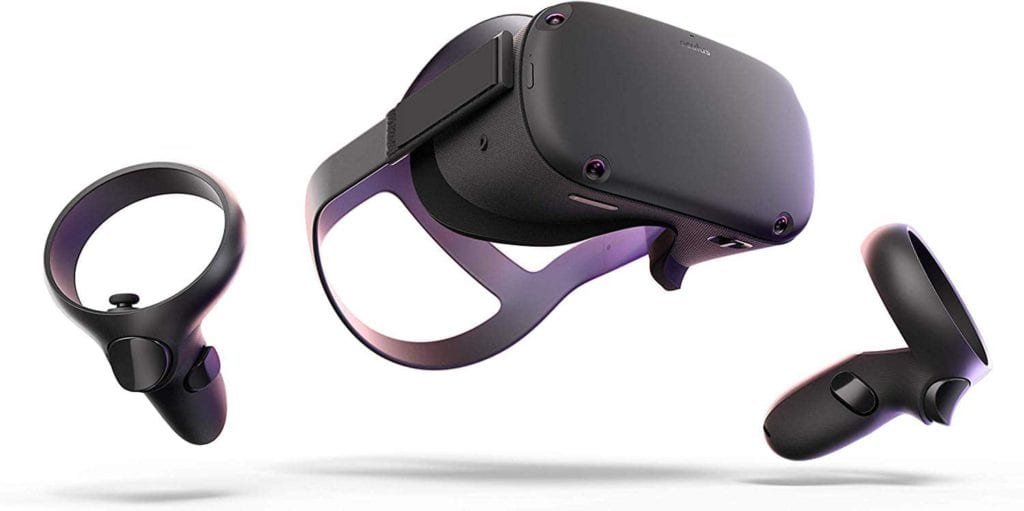
Just as the Oculus Go, the Oculus Quest requires you to set up the headset using the companion app from your smartphone.
Setting up the headset and controllers don’t take a long time. After setting up, you will begin to download the games and apps you love.
You download the games through the headset. Some of which could be the pirate trainer, creed: rise to glory, thumper and beat saber. These games are featured in the Oculus Rift, and their gameplay is fantastic.
Features of the Oculus Quest
The Visual display is delivered through an Oled Display, offering 1440 x 1660 for each eye.
It also comes with a built-in speaker. And you have the option to plug in a headphone, to get more beautiful and isolated experience.
Though yet, the VR experience of the Oculus Go is square with those of the headsets powered by PC. It’s still a class apart from the Oculus Go.
Games run on it in a friendly and smooth fashion.
But it will take slightly more time to load high-end games on a smartphone with low processing power.
After all, this headset is a creative hybrid of the Oculus Go and Oculus Quest, with the performance of the Rift and the lightness of the Go.
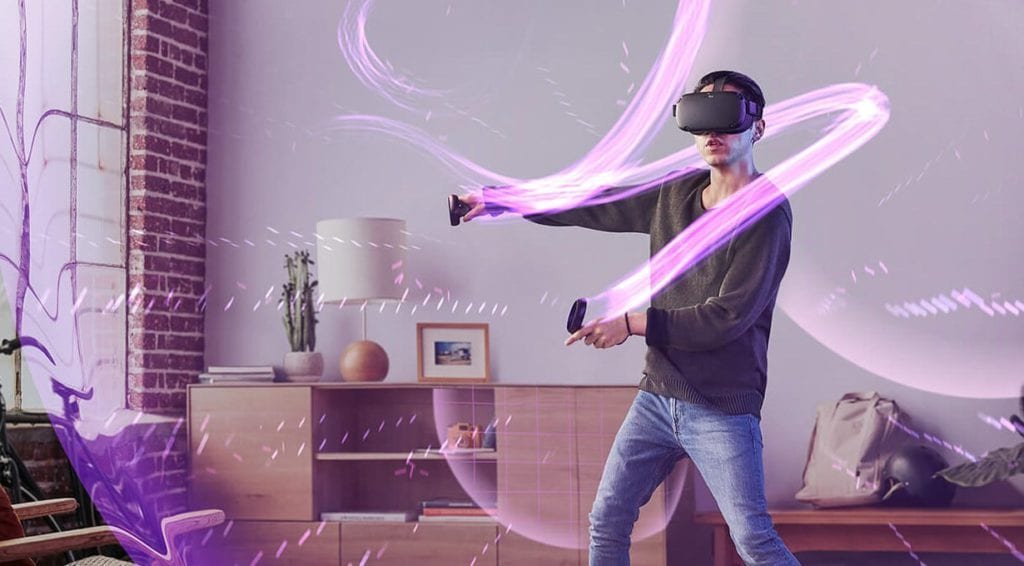
The upper portion has a matte black plate, having four sensors in the corners — the on and off button. And the USB charging port all finely fitted.
Soft-touch and flexible rubber embellish the headband. Velcro straps attach to the two sides of the headset for an excellent fitting.
The device is also super comfortable, and never weighs down on the head.
If you are using medicated lenses, a portion of space is fitted, to accommodate your glasses. The glass space looks like a flimsy plastic sitting on a cushioned area around the lenses.
At the lower part of the headset, are the volume up and down controls. And also the Lens shifter used to modify the space between the lens to improve the viewing experience.
A 3.5mm jack, where you can plug in your headphones if you are not okay with the performance of the built-in speakers.
The Oculus quest retained the sizeable nose gap of the Oculus Go. Which allows enough light to get in. Not just that, it can also break the VR illusion.
In all, the visual quality of the Oculus Quest is strong. A steep upgrade of the Go. Audio power is slick and pure.
More so, the battery life is satisfactory and provides good 2-3 hours of usage.
2. Lenovo Mirage Solo
Want a Daydream VR platform that shows strong performance on all segments? The Lenovo Mirage Solo is a device to consider.
You don’t need wires, phones or PCs to plug in. Everything is taken care of by the headset. This device is a ground-breaking debutant in the game.
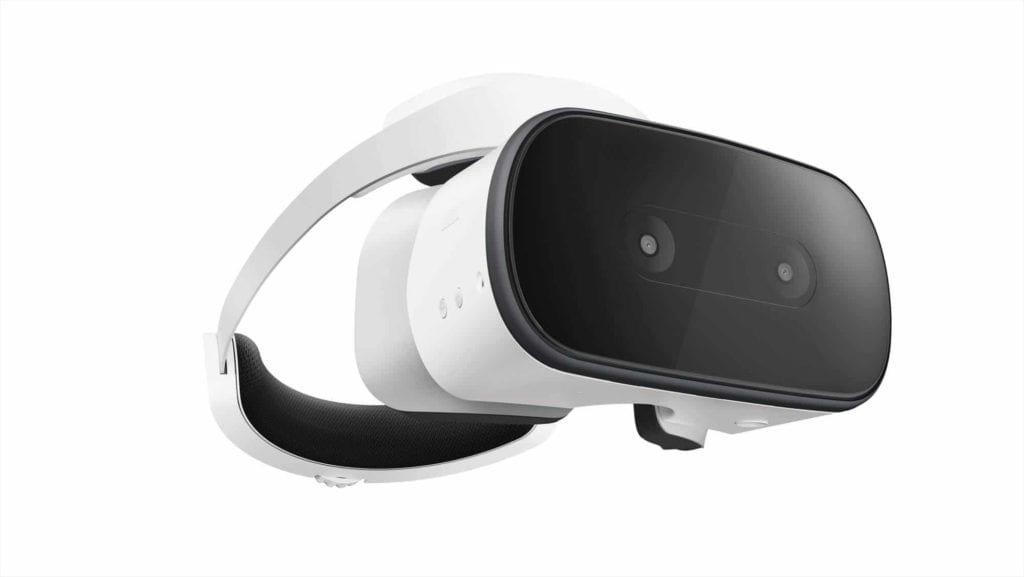
It boasts a 2560 × 1440 resolution. And 110 degrees of field of view. Yes, you won’t fiddle with wires. And yet, this device delivers an amazing performance.
It offers 6 degrees of motion tracking. And a play space diameter of 5meters.
Features an accessory referred to as the Mirage Camera, which is a VR shooter having a dual fisheye lens of 13-megapixel. And a field view of 180 × 180 degrees. However, the snapper won’t be necessary if you are going into daydream section.
It features a great design. Weighs 645g and heavier than most headsets around.
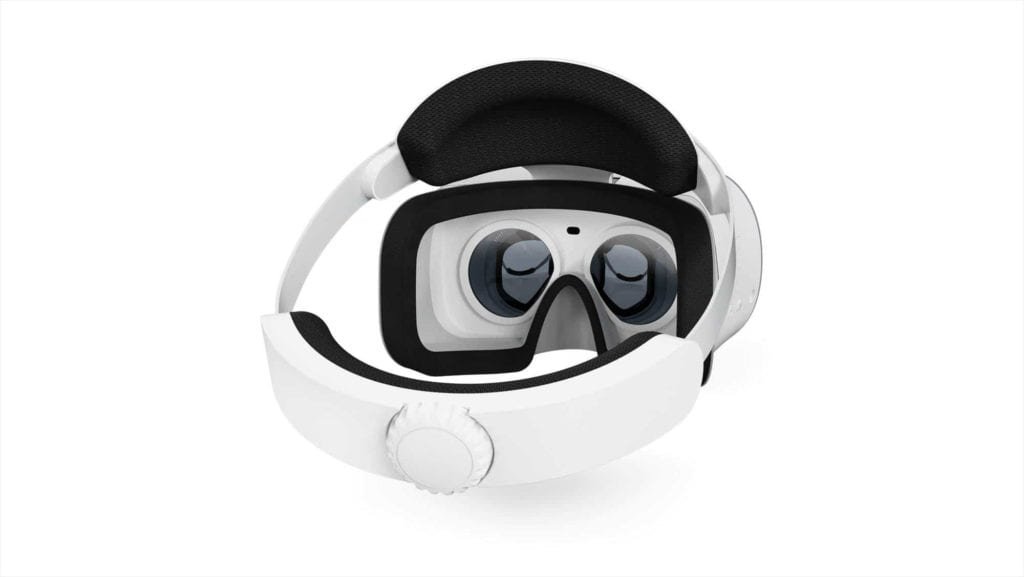
Comfortable and easy to tighten so that some of the front weight gets counterbalanced. Though, most of the weight falls right on your face.
Hence, you need to find a perfect balance. Keep it tight. Make sure it doesn’t slide down your face, or give you a headache. On the right of this headset are the volume buttons and the power button.
You need to hold the power button down for a couple of seconds to make it work. Hence there is a risk of turning off this device mid-game.
The little hole situated in the device is the headphone jack.
It’s really awkward that the Lenovo mirage doesn’t have a built-in speaker. However, you can make do with your external headphone. And so even the Oculus Go beats it to this.
On flipping over, you will find a USB port for charging and a memory card slot which can take anything up to 256 GB. In addition, it has a built-in space of 64GB.
Use the wheel on the backside of the head strap and a release button that moves backward and forward. So you can fit as you like it. And allowing yourself some freedom to move about.
3. Oculus Go
A perfect consideration against the Oculus quest and the Lenovo Mirage, which are both on the high side. Facebook, the manufacturer, is a company of fine repute.
Facebook is also behind Oculus quest and Go. Again, it’s a standalone VR headset. So it doesn’t require a phone or a high-end PC.
You simply put it on and delve headlong into the virtual reality world.
How simple is that?
More so, you’ll require the companion app, which you’ll use to log in. Turn on your location and pair the Oculus Go to your Wifi. After that, you are good to go.
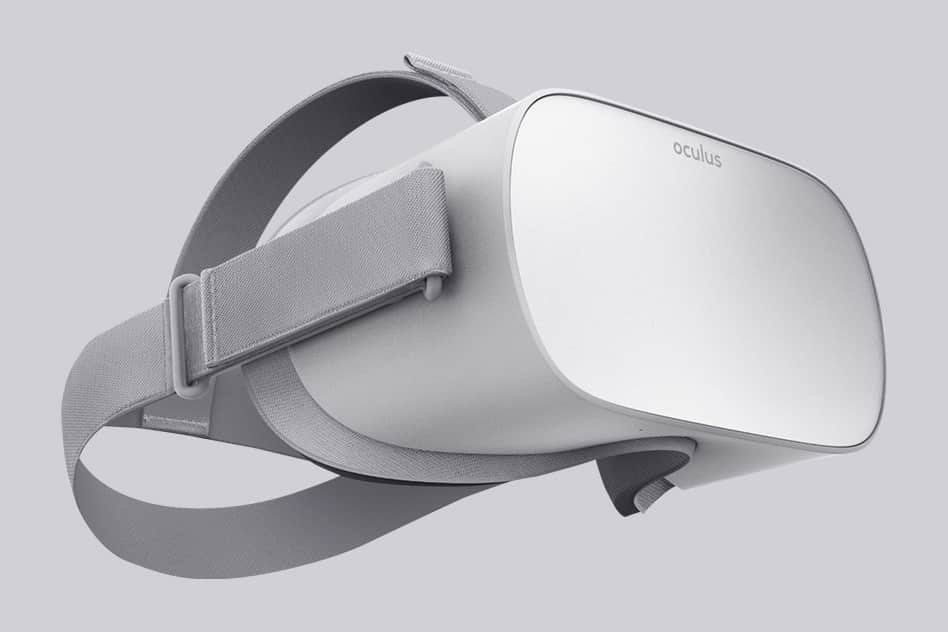
A short video will emerge to give you a few safety tips. It’s all that’s involved in setting up the Oculus Go. The Oculus Go is comfortable and imitates the functionalities of the Oculus Rift.
The rubbery spacers that allow you to wear glasses are also present. Featuring a 5.5 inch and 2560 x 1440 display and 538 PPI, something you will expect from a higher-end headset.
It has an acceptable field view. And it’s viewing quality is nice and crisp. Its spatial audio gives you the choice to wear or not to wear headphones.
The Con of this headset is its 3DOF, which is lower than both the Lenovo Mirage Solo and the Oculus Quest which come with a 6DoF with a price difference of a few hundred dollars.
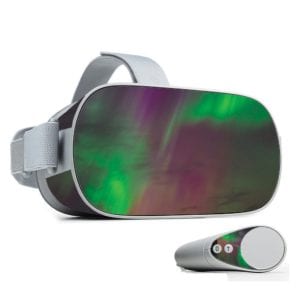
The 3 DoF helps the Go to track only in three different directions unlike the Quest and the Mirage Solo in which the headsets can track in all the six directions, making your VR experience more immersive.
Amongst many other Pros, it has a robust ecosystem. And you can play over 1000 games and apps. It has a slick screen that stands apart from all other headsets, including a few standalone headsets.
Its battery life is over 1.5 hours for gaming and 2.5 hours for videos. It also comes with a 32GB of memory space.
The Oculus Go is very much a pocket-friendly Standalone VR headset that performs satisfactorily. Perhaps the best Standalone VR headset, if you contemplate cost and performance together.
4. HTC Vive Focus Plus
Another fantastic release this year has been the HTC Vive FOcus Plus as it is one of the best creations from the Vive.
HTC Vive is known for releasing top quality VR headset, and the Focus Plus is no less. It is a standalone VR headset gives you a wireless immersive VR experience.
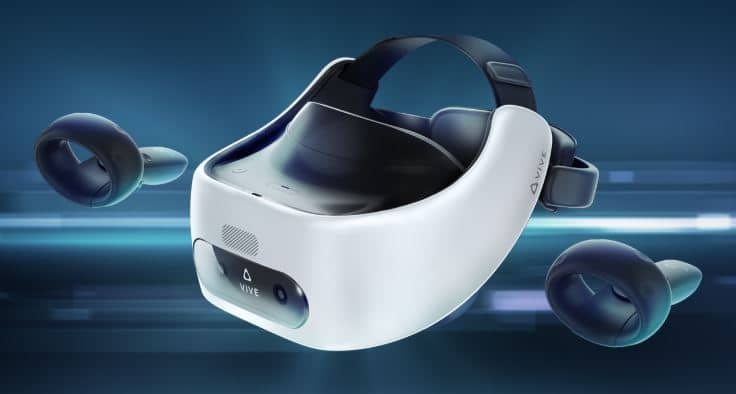
It comes with two controllers which are similar to that on the Vive and a 6DoF. Something cool about the Focus Plus is all the games that you would get to play on this headset.
We all know that the Vive has the most extensive gaming library in comparison to any headset and hence imagine all that fun which you would get with the vast library of games.
The headset is as good as the Quest, and honestly, it might get a little challenging to choose between the two. The Quest, however, was more comfortable to use and you might want to check out both the products before you make your final decision.
Conclusion
If you want a VR headset that squares up with the phenomenal experience of the HTC VIVE and the Oculus Rift, the Quest or the Vive Focus Plus is undoubtedly the way to go.
You don’t have to go through the hassle of set up or forking out a large sum for a compatible PC with these standalone headsets.
Also, the Oculus quest features a fantastic tracking system. The controllers are excellent, plays most of the Oculus Rift games, and Guarantees the satisfaction you crave.
Meanwhile, the Oculus Go takes its place in-between the VR headsets and mobile headsets. It gives an experience that surpasses those of most mobile headsets.
However, it doesn’t square up with the power and functionality of the big ones. Hence it lies fallow. Perhaps, just in the middle.
The Lenovo Solo costs more than twice of the Oculus Go and delivers more respectable performance.
Though yet, your best pick should depend on what you want. Want a light standalone VR headset that performs well?
Go for the Oculus Go. This device runs small capacity games runs light software, comfortable to use, and comes at a friendly price.
But if you desire something more immersive and runs higher-end games and featuring more visual clarity, consider the Lenovo Mirage Solo.
But it is a touch less performing that the Oculus Quest or the Vive Focus Plus because of its less tracking system and less advanced controls.
Therefore, our pick of the best standalone VR headset is the Oculus Ouest. It’s a fantastic all-rounder that satisfies all your virtual reality needs with finesse.
It caters for all the power you crave. And indeed, you will have fun using it.
Doesn’t it thrill you that all these fantastic features of the Quest come at an excellent price?
Check out the headset and let us know what you think in the comments below!
If you liked the post, do not forget to share it on social media!
Leave a Reply